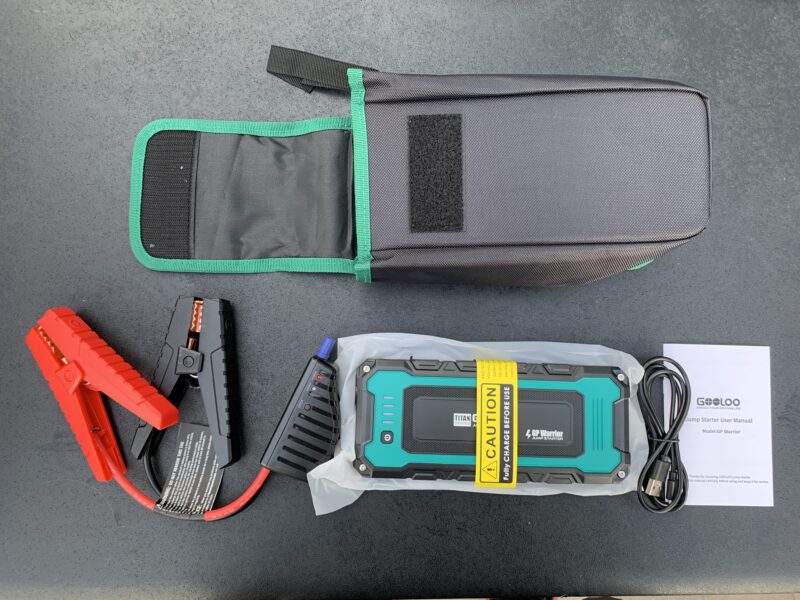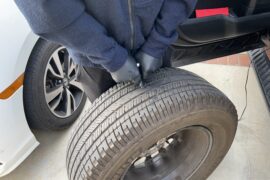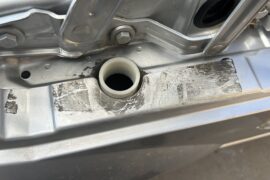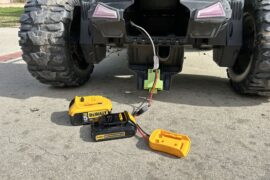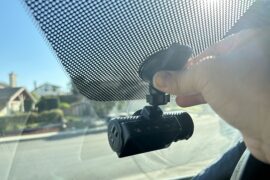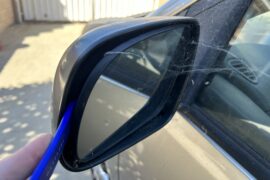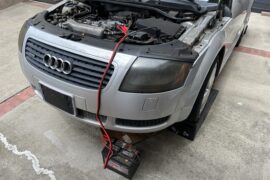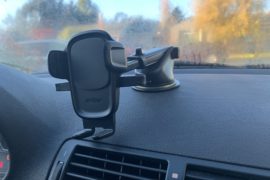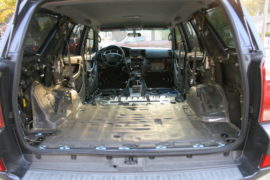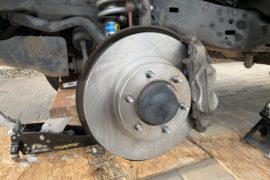When you make purchases through links on this site, The Track Ahead may earn an affiliate commission. Also, these posts are based off my own experiences. I am not responsible for any action you take as a result of reading this. Learn More
When you find yourself stranded with a dead battery, it’s crucial to know how to properly jump start your car. Aside from having a set of jumper cables in your vehicle, you’ll also need to know how to properly hook up the jumper cables in order to successfully jump start your car.
Many people believe that if you just hook up the positive-to-positive and the negative-to-negative, you’ll be fine. Although this will technically work, it is not as safe of a practice due to sparking near the battery. It is also important to know the correct order in which you connect the jumper cables to the dead battery and to the good battery.
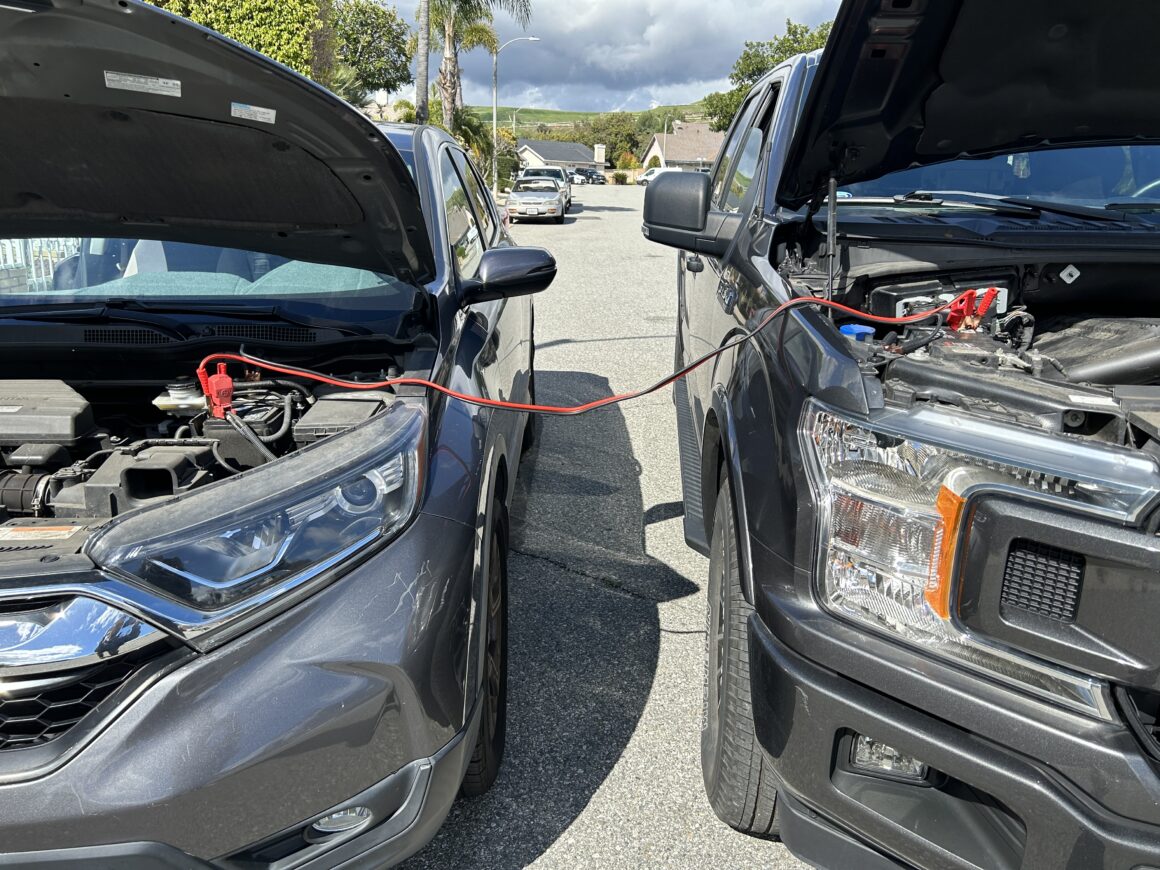
To jump start your car, drive the car with the good battery up to the car with the dead battery and get as close as you can. Make note of the location of the car batteries as they can be on either side of the engine bay, and sometimes even in other locations like the trunk.
Make sure both cars are in park and parking brakes are set. If the car is a manual, set it in neutral with the parking brake set. Both cars should initially be off.
Inspect your jumper cables and ensure there is no obvious damage to them. Typically jumper cables should be a larger gauge to handle the battery current running through them, however, you may sometimes have smaller gauge cables (which tend to come in car emergency kits). It is generally recommended to use at least a 6-gauge set of jumper wires.
The smaller-gauge jumper cables from these car emergency kits might still work, but sometimes the current passing through them will be too large, causing the wires to start smoking and the insulation to melt off of them. I’ve seen this in person myself, and for that reason if I am stuck with using smaller-gauge jumper cables from a car emergency kit, I’ll make sure to use also use the protective gloves that come with the kit just in case.
Take your jumper cables and ensure that the cables are long enough to reach between the two car batteries. I’ll use the term DONOR car to refer to the car with a good battery, and the term DEAD car to refer to the car with a dead battery. The order in which you hook up the jumper cables to the batteries is important and is as follows.
Step-by-Step Process to Jump Start a Car with Jumper Cables
- Attach one end of red cable to the (+) terminal of the DEAD car.
- Attach other end of red cable to the (+) terminal of the DONOR car.
- Attach the end of black cable to the (-) terminal of the DONOR car.
- Attach other end of black cable to a grounding point on the DEAD car.
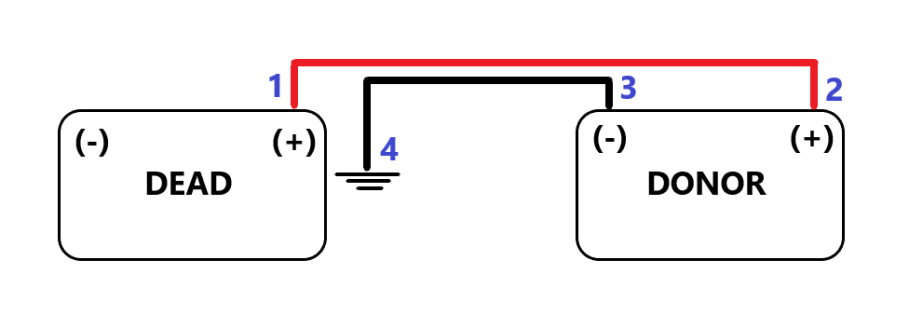
The grounding point on the DONOR car will vary depending on which gounding point you choose. Every vehicle will have various grounding points within the engine bay, usually in the form of a wire terminal that is bolted to the frame of the car. Look around the engine bay (or trunk if the battery is located there) and find a grounding point like an unpainted bolt or bracket that is connected to the frame of the car.
Because the negative terminal of the car battery is actually connected to ground, you can still jump start your vehicle if you used the negative terminal of the DONOR car for Step 4 (above). However, this is not a safe practice because when you finally attach that last black cable clamp to ground, you’ll see sparks flying. You don’t want the sparks at the battery because it could ignite hydrogen gases that are released from the battery. The chance of this happening is small and many people to this day still jump start their car by attaching to the DONOR car’s (-) terminal instead of the ground terminal as the last step when hooking up jumper cables.

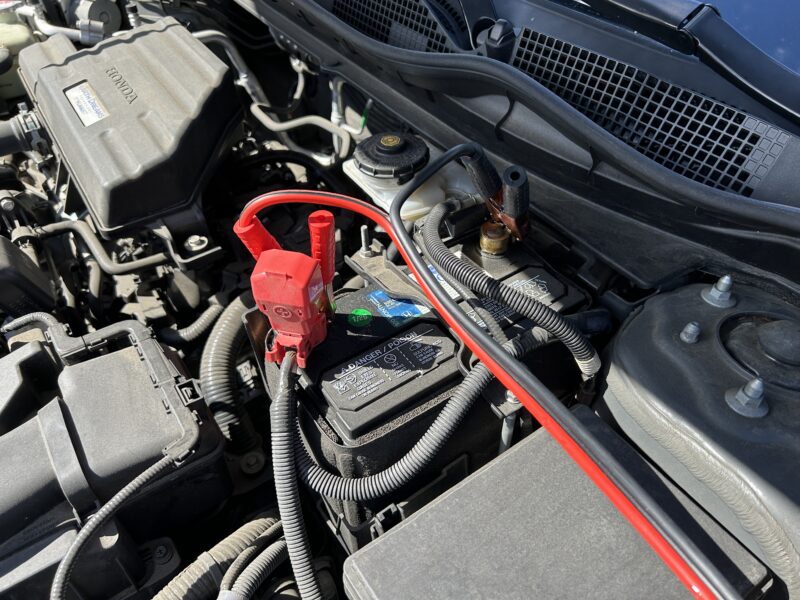
Once the jumper cables are connected, go into the DONOR car and start the car. Allow the DONOR vehicle to idle for a few minutes. Then, try starting the DEAD car. If the DEAD car still does not start or still has trouble starting, give it another few minutes to charge. If that still does not work, you can try stepping lightly on the accelerator pedal on the DONOR car until the speedometer reads at least 1.5 RPM’s. Revving the engine past the idling RPM effectively increases the voltage running through the battery and results in better charging performance.
Jump starting a dead battery is usually successful with the steps provided above. When most people say they have a dead battery, this usually references a battery that has depleted to the point where the required voltage to start the car on its own is below the required amount. In some circumstances, the battery may have drained past this point (usually if a car has been left unused longer than a couple months). In these cases, you may need to leave the jumper cables connected longer before a successful jump start.
Charging a Fully Depleted Battery
In cases where the battery has been too far depleted, jump starting the car may no longer be an option. This will require you to completely charge the the battery with a trickle charger, or replace the battery outright. Trickle chargers are simple to use and are fool-proof; simply plug it into an outlet and connect the leads to your battery to leave it to charge.
Battery Tender 4 Amp Battery Charger and Maintainer
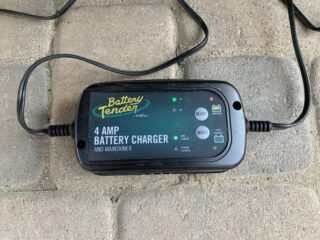
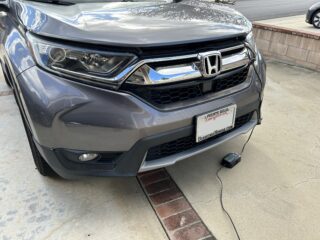
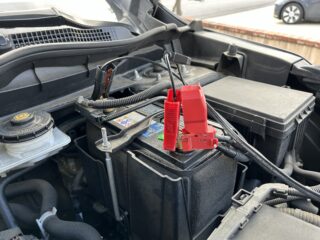
An Alternative to Jumper Cables
These days, it may be much more convenient to carry around a portable jump starter rather than carrying around a set of jumper cables with the hopes that you can flag someone down to help jump start your vehicle. Portable jump starters are now the portable size of a large wallet, so it’s incredibly convenient to keep one in your car in case you ever do experienece a dead battery.
Portable jump starters can perform a number of jump starts with just one power bank. The unit includes a small set of cables that plugs into the jump starter and attaches to the positive and negative terminals of the dead battery– no need to deal with long cables or finding a ground point to attach to.
Search for Portable Jump Starters on Amazon
